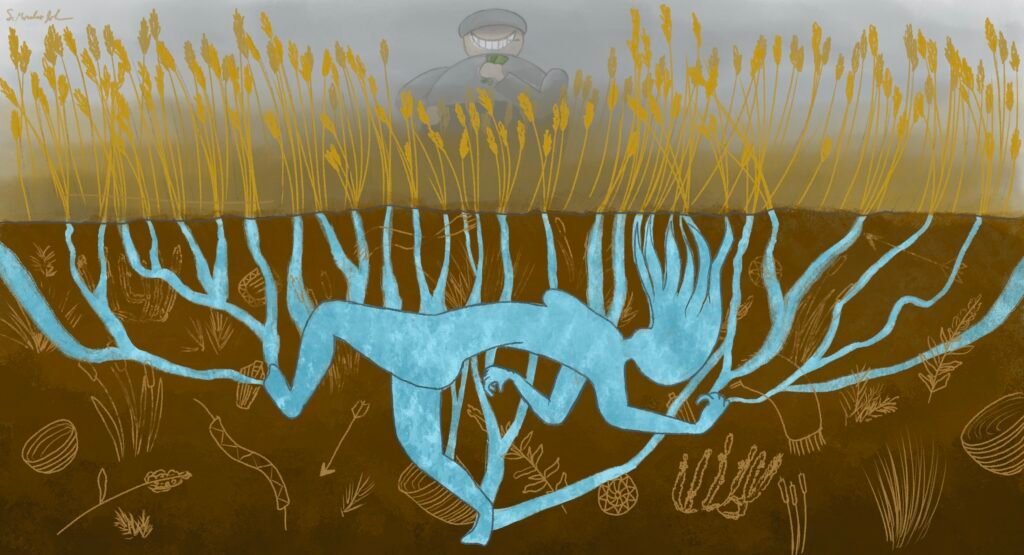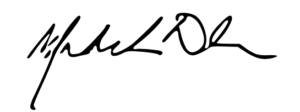The energy of the past two months has gone into commissioning, editing, laying out, and cheering for the twelve contributors whose words and art you’re here to sink into. Almost all women or non-binary and indigenous, from all over the world, telling you stories that are beautiful and sad and hopeful and pointed and personal and mythical and brimming over with truths about settler colonization and climate change and sustainable food systems that most of us need to hear.
Their voices are Cherokee, Hoopa, Palestinian, Tongva, Anishinaabe, Hmong, Dakota/Lakota Sioux, Iban, Cahuilla, and Indian, and one Brit. They have a lot to say about capitalism, violence, the environment. How we eat. How we talk. Where we live. They’ve contributed poetry, essay, creative nonfiction, illustration, history, criticism, and more. I hope you spend time with all of them. I hope that at least one of them speaks to you in a way that digs deep.

(Are you reading on a phone? If you
get a chance, try a computer! You’ll
see lots of margin notes like this
one — they connect the threads running
through and between and around all
the stories in the issue, and they’re
too small to display on phones.)
The feature story, “Ghost Acres,” is by historian Tom Finger and tells the story of a lake that’s no longer a lake, a tribe that no longer has its homeland, and a food system that’s no longer connected to nature. The heart of the story is brought to life beautifully and powerfully with evocative watercolors by Tongva artist Samantha Morales-Johnson, a science illustrator who focuses on marine life; her work runs through the entire story.
(The astute among you may be thinking that “Tom Finger” sounds suspiciously like a White guy’s name, and you’d be right. His story is adapted from a new book, Acquired Tastes: Stories About the Origins of Modern Food, that comes out today from MIT Press; it’s an important piece, and I’m excited to feature it. I’m also excited that when I first talked to Tom about our plans for this issue, he said, “This might be a weird thing to say because I’m the author, but I don’t think this should center me. My piece should just be a thing that draws people into the indigenous voices.” Entirely correct, Tom. You’re good people.)
This issue also has our first tech contribution: a tool that lets us embed this anywhere on the site:
Are you on unceded indigenous land?
Enter a street address, town, or zip code to see whose.
There was a problem searching for that location.
Learn more — explore the full map.
There are no indigenous nations that correspond to that location; results are most likely for folks in the Americans and Oceania.
Learn more — explore the full map.
Thanks to Native Land Digital for creating and maintaining the map and API that power this tool.
If you get results — some of you won’t, but many people in the Americas and Australia are on the traditional lands of multiple indigenous groups — you can click though to learn more about those communities, their languages, and any treaties occupying governments signed with them. It uses data from the excellent world map created by Native Lands Digital, and you’ll see it in just about every Issue Three story. The developer will be releasing it as a free, open-source plugin that can be used on any website made with WordPress (which is a whole lot of the internet, along with Pipe Wrench).
So welcome. Now, read.

